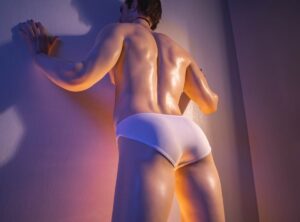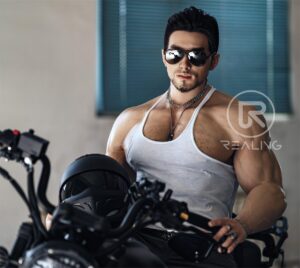Kink aesthetics is more than ropes, leather, restraints, and dark erotic visuals—it’s a language. A way of expressing identity, desire, vulnerability, rebellion, and intimacy. In many queer spaces, kink aesthetics has evolved into a powerful artistic movement, blending fetish visual style, bondage aesthetics, and queer kink culture into a distinct form of emotional storytelling.
Whether through photography, fashion, digital art, or BDSM-inspired performance, kink aesthetics transforms desire into visual poetry. It’s not simply about the erotic charge—it’s about symbolism, contrast, power dynamics, and the beauty of the body in tension and release.
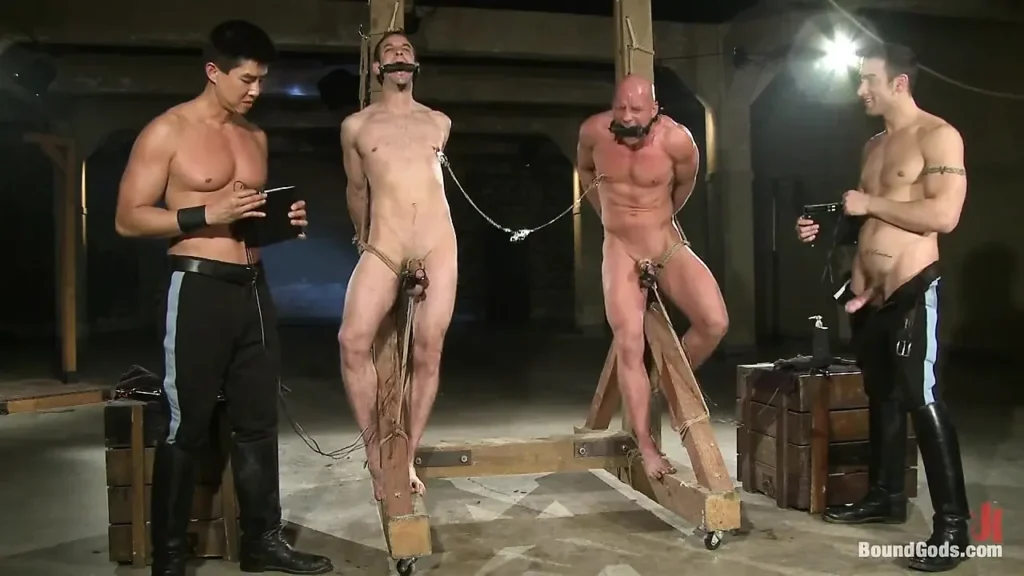
The Essence of Kink Aesthetics: More Than BDSM Imagery
At its core, kink aesthetics highlights three main elements:
1. Power as Visual Language
Dominance, submission, restraint, and surrender become visual metaphors.
A leather collar or rope pattern doesn’t just imply bondage; it symbolizes:
- 信頼
- vulnerability
- control
- ritual
- chosen power exchange
In kink aesthetics, power is not oppression—it’s collaboration.
Bondage Aesthetics: The Sculptural Beauty of Restraint
Rope bondage has become one of the most iconic visual expressions of kink aesthetics.
Why?
Because: The rope itself becomes a piece of art
Its patterns create:
- contrast against skin
- symmetry and geometric shapes
- curves that follow muscle lines
- tension that expresses emotion
Shibari and Western rope styles turn the human body into living sculpture.
For many queer artists, rope becomes a tool of beauty—not punishment.
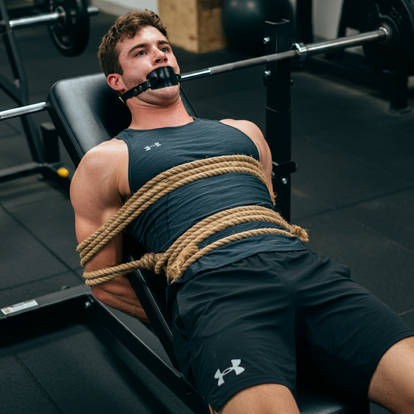
Queer Kink Culture: A Legacy of Resistance & Expression
Kink aesthetics holds a deep connection to queer history.
Leather culture, fetish gear, and ritual play became forms of identity and resilience, especially for gay men during eras of oppression.
Kink visuals allowed queer communities to:
- reject heteronormative masculinity
- claim ownership over their bodies and desires
- create chosen family through shared rituals
- transform taboo into empowerment
Today, queer kink culture continues to influence fashion, nightlife, digital art, and LGBTQ+ representation.
Why Kink Aesthetics Resonates Today
1. It’s visually powerful
The textures, contrasts, shadows, and lines make kink imagery uniquely recognisable.
2. It expresses emotion without words
Submission, tension, trust, longing—these emotions show through posture, ropes, and eye contact.
3. It challenges mainstream beauty norms
Kink aesthetics embraces:
- scars
- hair
- muscle
- softness
- real bodies
- queer identity
It becomes a celebration of authenticity.
Kink Aesthetics in Media & Digital Art
From Instagram artists to digital illustrators, kink aesthetics has become a popular creative theme.
You’ll see:
- leather harness silhouettes
- rope-bound torsos
- masked figures
- ritualistic gestures
- scenes that blend eroticism with performance
For many creators, kink is not pornography—it’s symbolic storytelling.
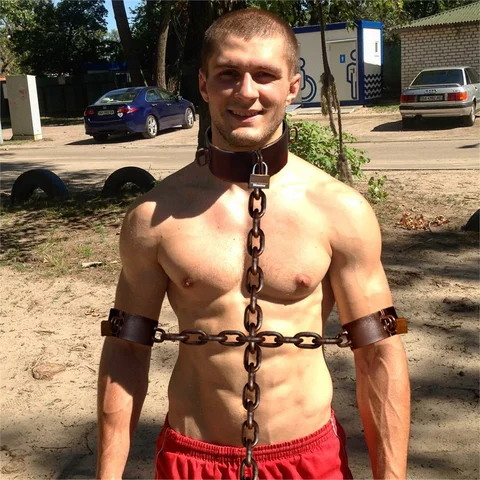
Where Sexy Meets Symbolic: The Role of Fantasy Dolls
ここは the male silicone dolls from mendolls.com fits naturally into kink aesthetics。
With their:
- defined musculature
- sculpted lines
- pose-ready bodies
- adaptability for rope play or fetish styling
male dolls become canvases for kink-inspired photography, practice scenes, or rope art studies—
without needing a live partner.
Many artists and gay beginners use male dolls to explore kink aesthetics safely:
- trying rope patterns
- experimenting with positions
- creating fetish-style photos
- practicing power exchange rituals symbolically
It allows full self-expression without pressure or risk。
よくある質問
1. What are kink aesthetics?
Kink aesthetics describe the visual and symbolic language of BDSM, fetish gear, restraints, and ritual play. It focuses on how kink becomes art through contrast, rope patterns, posture, and emotional expression.
2. Why are kink aesthetics important in queer culture?
Queer communities use kink aesthetics to express identity, challenge norms, reclaim power, and create visual symbolism around intimacy and desire.
3. Is kink aesthetics only about sexual play?
No。It appears in fashion, photography, digital art, performance, and identity expression—even without sexual activity.
4. Why is rope so iconic in kink aesthetics?
Because rope creates patterns, shapes, and tension that make the body look sculptural and expressive. It’s both artistic and symbolic.
5. Can kink aesthetics be practiced safely alone?
Yes—using props, photography setups, and even male dolls for rope-work or styling allows safe exploration without risk.
CTA:Start Exploring Your Own Kink Aesthetic
Whether you’re captivated by rope patterns, fetish visuals, or queer ritual play, you can explore kink aesthetics creatively and safely。
で メンドールズ, our premium male dolls give you:
- a realistic body for photography
- a safe canvas for rope practice
- a companion for private expression
- a way to deepen your personal kink journey
👉 Discover the collection at メンドールズ
Take your aesthetics—and your fantasies—to the next level.

